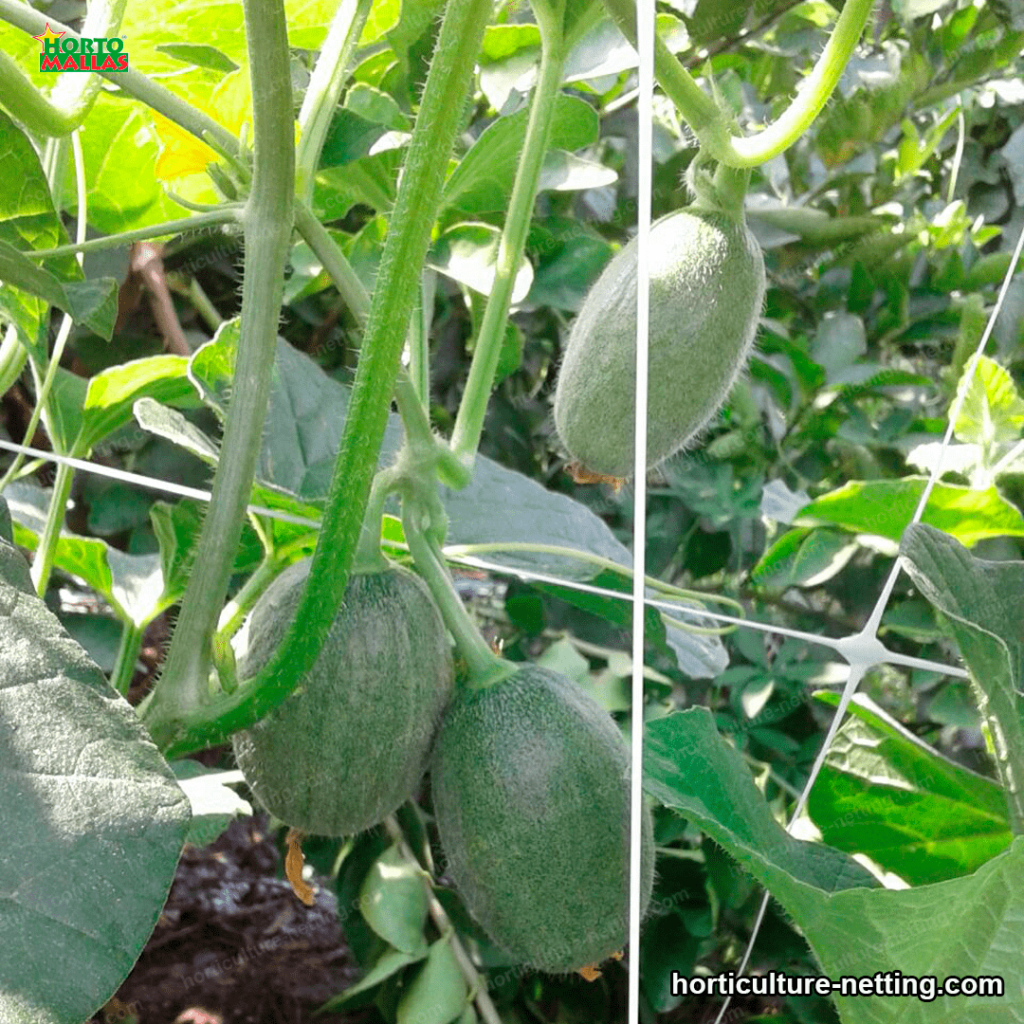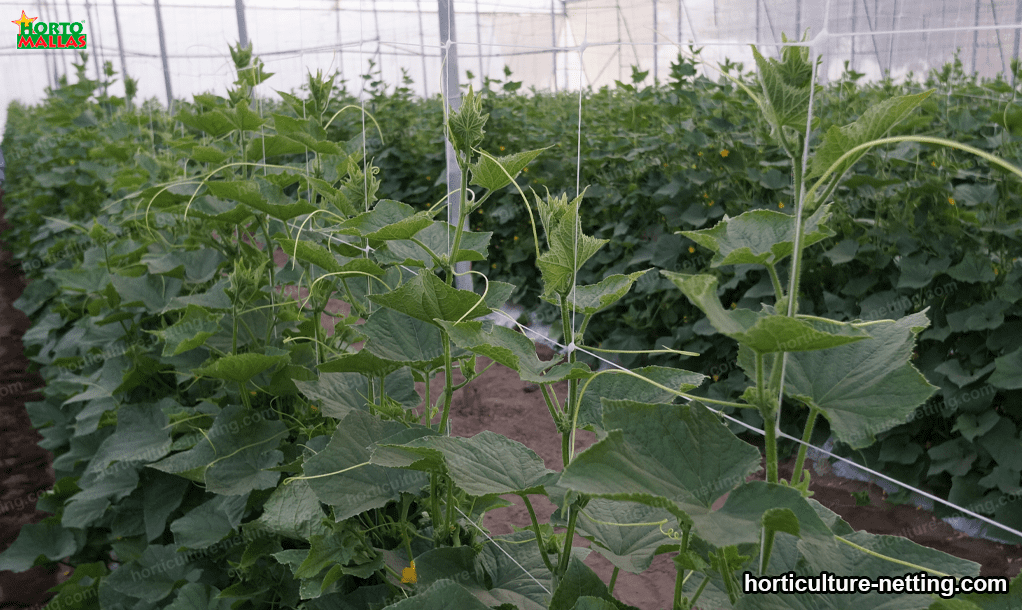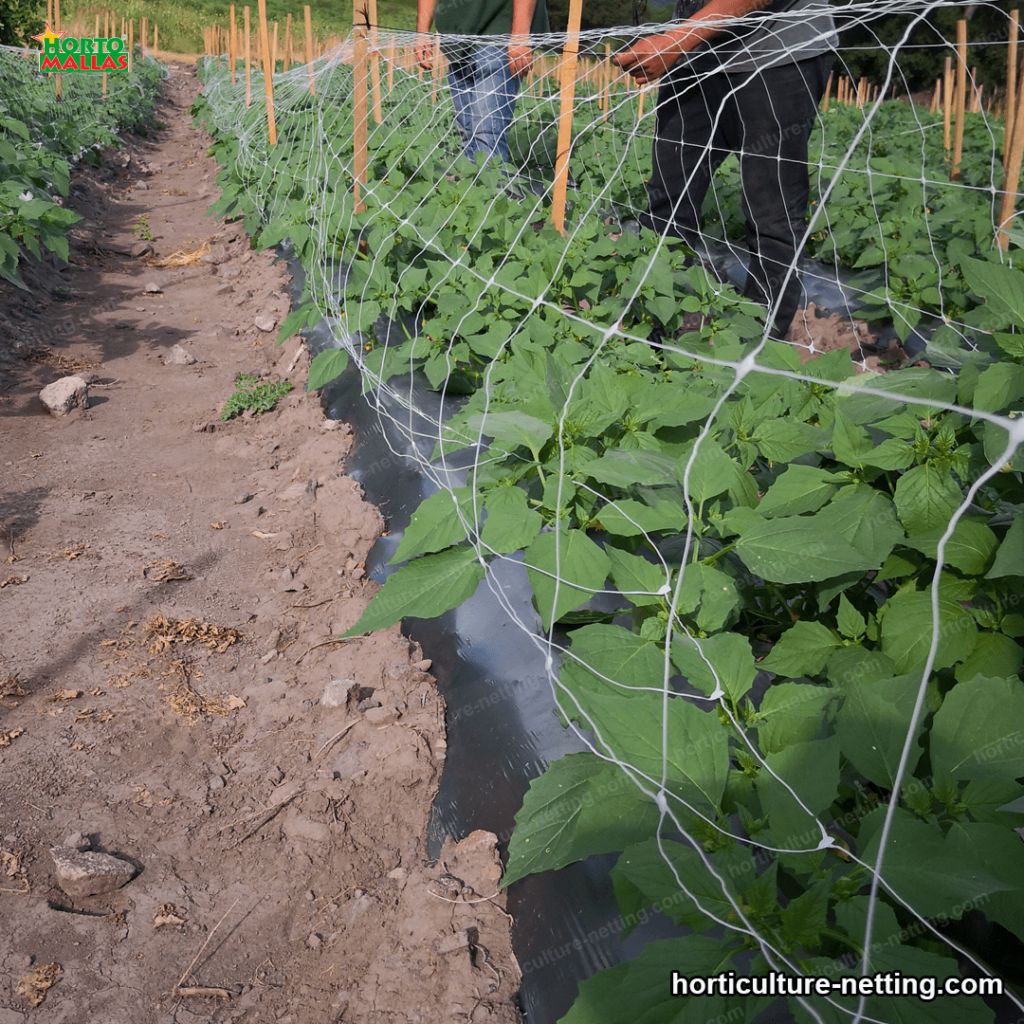Introduction
The Curbitaceae and Solanaceae are plant families know mostly for their contribution to food. These families also provide essential nutrients for human health.
Curbitaceae include pumpkins, melons, watermelons, cucurbitas, and other members of the Cucurbitaceae family. These plants contain vitamins A, B and C, calcium, magnesium, phosphorus and potassium. These nutrients contribute to good health, helping to strengthen bones, improve immune function and prevent chronic diseases. In addition, the fiber content of Curbitaceae helps to stimulate the regular movement of the digestive system. Prevent heart disease, provide satiety and reduce the risk of diabetes.
Solanaceae, also known as the potato family, tomatoes, peppers, eggplants, chilies and artichokes, are another rich source of nutrients for health. These plants are rich in vitamins, such as vitamin E, B, and C. As well as minerals, such as iron, magnesium, and phosphorus. These nutrients are important for the immune system. Helping to prevent chronic diseases, such as diabetes, as well as for skin and hair health. In addition, these plants are rich in many antioxidants, which can help prevent eye disease, cognitive decline, and cellular degeneration.

Curbitaceae and Solanaceae also provide a wealth of other nutrients such as phytochemicals, nucleotides, and polyphenols
These elements help to stimulate the immune system, protect cells from oxidative damage and prevent cancer. They also contain coenzymes, such as vitamin K unit, which is essential for strengthening bones and teeth. Finally, these plants contain a high fiber content, thus helping to prevent constipation and maintain a healthy weight.
In conclusion, they are rich in essential nutrients for health. They provide vitamins, minerals, phytochemicals, nucleotides, polyphenols and antioxidants. Which contribute to the proper functioning of organs and prevent chronic diseases. In addition, the high fiber content of these plants helps to stimulate the regular movement of the digestive system, prevent constipation, and maintain a healthy weight. Therefore, consuming Curbitaceae and Solanaceae is an excellent way to provide the body with essential nutrients for health.
What are curbitaceae?
The Curbitaceae are a group of plants in the Cucurbitaceae family comprising over 1200 species. They are the largest family within the order Cucurbitales and encompass all types of zucchini, cucumbers, melons, watermelons and sweet potatoes. These fast-growing, woody-stemmed perennials are native to most tropical areas throughout the world, including southern Africa, Southeast Asia, the southern United States, and the Pacific Islands.
Most curbitaceous species have a strong aroma and are edible. These plants are used in food preparation, for natural remedies and as ornamental plants. Many species are commercially external and there are numerous cultivated hybrids to meet different needs and tastes. They have among them different varieties, such as V. melo, V. maxima, V. moschata, V. pepo and V. trilobata. These varieties have different fruit characteristics, such as shape, size, color, texture and sugar content. Some fruits have a hard and tasteless peel, while others may have a smooth, flavorful and thin peel.
They usually have a hermaphrodite flower with 2 stamens and a pistil split into 3. Fruits grow from the ovary and may be fleshy (melon) or hard (pumpkin). Fruits are inebriated by the action of insects and many species use pollinators such as bees and butterflies. They also provide many health benefits. They have a high water content, which makes them very refreshing. These plants contain vitamins A, C and K, as well as dietary fiber, minerals, polyunsaturated fatty acids and calcium. The consumption of curbitaceae helps prevent chronic diseases such as diabetes, cardiovascular diseases and cancer.

They result in a variety of plants that are adaptable to diverse growing conditions and this makes them ideal for the home garden
These plants are available year-round and do not require much maintenance. They adapt well to well-drained soils and it is recommend to cover the stems to protect them from the cold. In addition, a thorough watering should be complied with during periods of extreme drought. They have many culinary applications, from refreshing drinks to delicious oriental dishes. Many contemporary chefs are encouraged to explore the gastronomic potential of these fruits. Juicing curbitaceae has become a popular trend among juice drinkers, as it is rich in nutrition and can be combine with fruits and vegetables for best results.
Curbitaceae are an interesting variety of plants that enrich us with their beauty, flavor and nutritional quality. They are easy to care for, disease resistant and produce abundant crops of good quality fruit. These plants are ideal to be cultivate as a regular source of fresh food, besides being an excellent alternative to enrich the diet with diverse nutrition.
What are Solanaceae?
Solanaceae is a group of plants comprising approximately 3000 species, including some of the most commonly cultivated plants for food use. It is a large family, belonging to the order Solanales, and includes large varieties of tomatoes, potatoes, peppers, eggplants, tobacco, eggplant, tomatoes, hot peppers, potatoes, peppers, rhubarb, shallots, and artichokes. Many of the members of this family are wild foragers, known for their richness in pigments and nutrients.
They are classified mainly on the basis of their size and floral characteristics, which can be simple or complex. This family is widely know as a source of food and also as a source of medicinal products, some of which have become popular pharmaceutical and over-the-counter products. Solanaceae have also been use for centuries as a source of dyes, oils and fragrances in cosmetic and health care products. They are synonymous with nutritious food because of their high content of vitamins A, C, phosphorus, iron and other important nutrients. They contain significant levels of phenolic compounds, carotenoids and flavonoids, which offer a multitude of potential health benefits. These elements also act as antioxidants, a form of compounds that help prevent damage to cells and tissues in the human body.

Cultivation results in a valuable gift from nature, and has become a staple food for many local communities
These plants are easy to grow and allow farmers to adapt to environmental changes. In addition, these plants are resistant to multiple diseases and easily regulate pests, such as insects. They are important to the global economy, as it has been estimate that about 8% of the world’s agricultural production comes from these plants. Global production of solanaceae increased by approximately 6.2 percent between 1999 and 2009. Some of the top solanaceae producing countries include the United States, India, Mexico, China, Brazil, Spain, Italy and Turkey, among others.
Solanaceae are extraordinary plants. They have a high nutritional content, and can also be used for various health and cosmetic remedies. They are resistant to diseases and pests, and are an important source of food and other products for local and global economies.
Leave a Reply